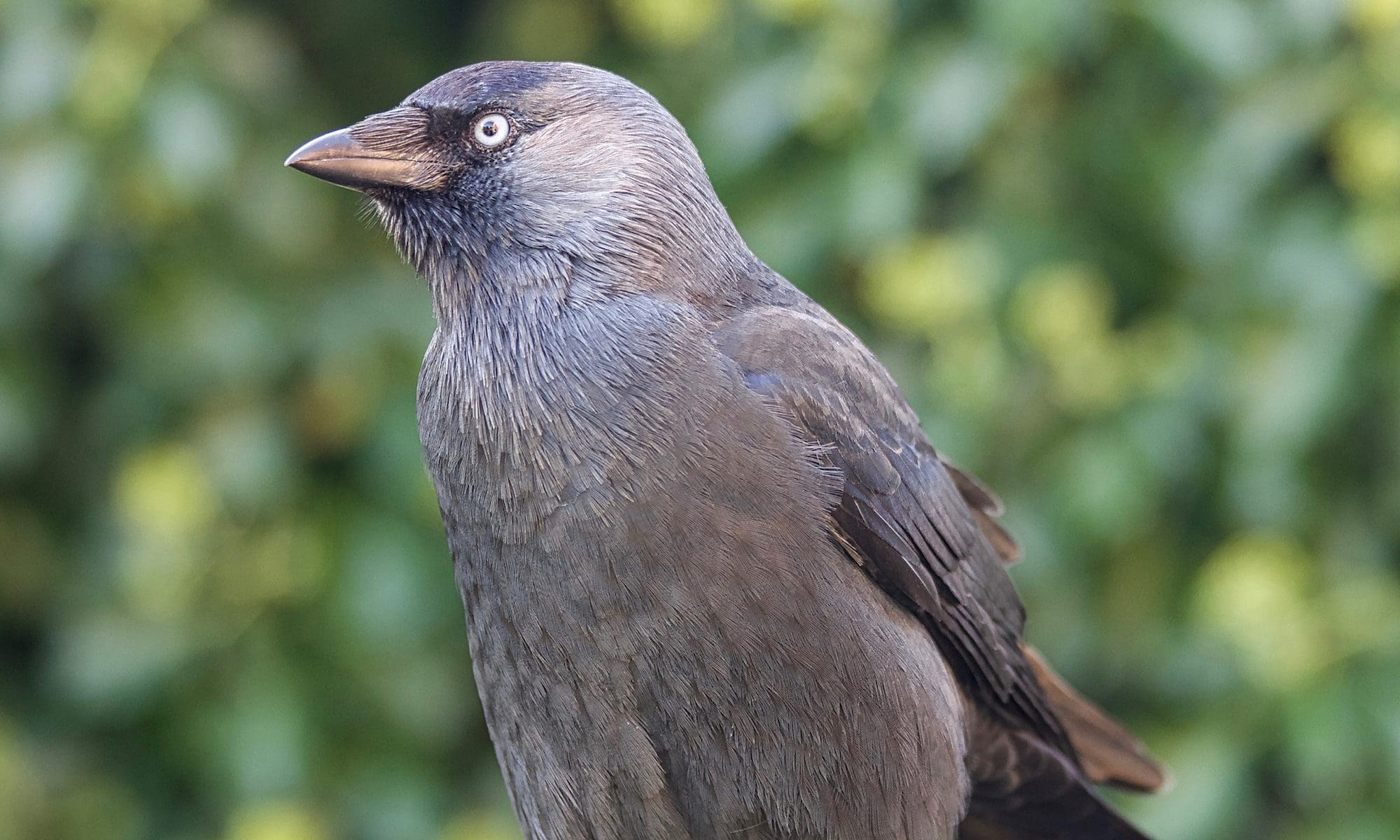Pododermatitis, commonly known as “bumblefoot”, has become a frequently seen disease in companion and aviary birds. Pododermatitis is a general term for any inflammatory or degenerative condition of the avian foot. Pododermatitis may occur in any avian species, but is particularly problematic in permanently and temporarily captive birds, such as birds of prey, chickens, turkeys, ducks, geese, swans, waders, seabirds as well as canaries, finches, budgerigars and cockatiels.




